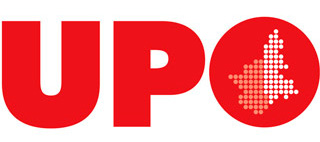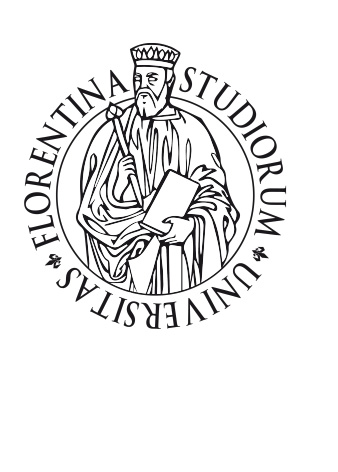Brân e il Cid Campeador: nuove tracce di una continuità epico-narrativa celtoromanza
Abstract
ABSTRACT: Ricerche etnofilologiche recenti hanno mostrato che la tradizione epica del medioevo romanzo deve essere interpretata nella sua continuità millenaria con narrazioni diffusesi oralmente a partire dall’epoca preistorica. In particolare, è possibile postulare l’esistenza di un ciclo eroico in lingua celtica incentrato sulla figura leggendaria di un eroe che manteneva caratteristiche arcaiche e demiurgiche legate a una figura totemica di corvide. Dopo aver riassunto i principali argomenti (stilistici e strutturali) che portano a questa interpretazione, questo articolo si sofferma su due versi del Cantar de mio Cid in cui è presente l’immagine di due corvi che marcano territorialmente l’inizio e la fine di un viaggio, per suggerire un’interpretazione stratigrafica di lunga durata della figura dell’eroe.
ABSTRACT: Recent ethno-philological research has pointed out that the medieval romance epics should be understood in its uninterrupted continuity with narrative traditions originated in prehistory. In particular, it is possible to assume the existence of heroic cycles in Celtic language, which were centred on the legendary figure of a hero with archaic and demiurgic features connected with totemic corvidae. After an outline of the main stylistic and structural elements where this interpretation finds its roots, this article focuses on two lines from the Cantar de mio Cid. The image of two crows that mark the beginning and the end of a travel suggests in this mythological context a longue durée stratigraphic interpretation of the figure of the hero.
Keyword
Full Text
PDFRefback
- Non ci sono refbacks, per ora.
Copyright (c) 2021 Medioevo Europeo

This work is licensed under a Creative Commons Attribution-ShareAlike 4.0 International License.


